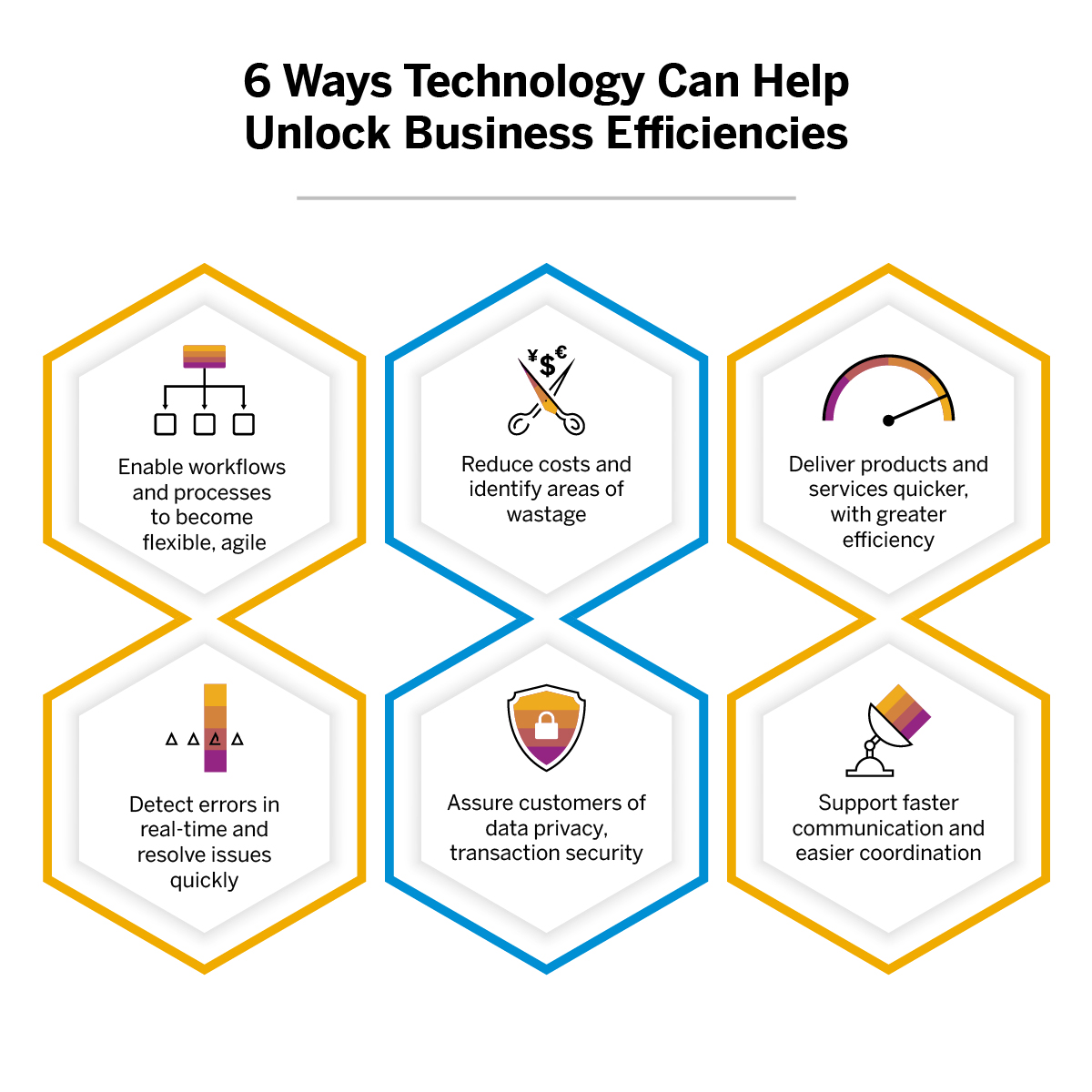In a competitive market, market share gives a company a good idea of how powerful or important it is; in other words, business growth is an essential indicator of overall organizational effectiveness. The portion of the market controlled or dominated by a company is derived by dividing a company’s sales for a certain period by the industry’s total sales in the same time.
A critical indicator of a company’s success, market share allows the company to:
- Quantify the influence of business strategy and its execution
- Ask questions about its performance
- Get an insight into how the company fares against the competition
- Analyze and take action to improve marketing efforts
- Increase the company’s sales and profits
Market share is also an indicator of business reputation. Factors like one-year performances, compensations to investors and consumers, industry specializations, and analyst reputation in the market are important determinants of how fast a company can expand and capture a greater market share.
But increasing a company’s market share is not an easy task. Competition is intense in every sector, and warring firms aggressively employ tactics and strategies they believe are best suited for the market. Also, the process of trying to increase the market share is a continuous and challenging one. It takes a lot of effort to convince customers to drop a product or service they are already using and adopt a new one.
In this frenzy to compete for the customer’s eyeballs and wallets, companies use similar tactics such as lowering prices drastically, adopting rigorous marketing methods and resorting to heavy advertising. While these may yield results initially, organizations that want to create and keep a larger market share for a longer time need to look for more data-driven and disciplined approaches.
- Innovating and adopting new technologies
A proven way to grab the attention of maximum number of customers, innovation involves introducing a practical, helpful and exciting new product or service. This can help a business grow and even enable it to change the whole market dynamics. Take Netflix, for example. Beginning as a simple video rental service, the company recognized and capitalized on the need for video on demand and streaming services. Today, Netflix is one of the largest entertainment companies in the world, with over 214 million subscribers in more than 190 countries.
Innovation can also be extended to mean adopting latest technologies to increase business efficiencies and improve customer experience. Artificial intelligence, blockchain, cloud, data analytics and edge computing can help a business by:
- Enabling workflows and processes to become flexible, agile
- Reducing costs and identifying areas of wastage
- Delivering products and services quicker, with greater efficiency
- Helping resolve issues and detect errors in real-time, as well as resolving them quickly
- Assuring customers of data privacy, transaction security
- Enabling faster communication and easier coordination between employees, different departments

With the help of targeted solutions like ERPs and marketing software, businesses can gain and sustain a competitive advantage over competitors, leading to a greater market share.
- Increasing customer engagement and satisfaction
A happy customer is one of the most important factors in ensuring business success, not to mention the best kind of advertiser. Delivering the best quality product or service to a customer and meeting their expectations to the fullest is a basic tenet for any business, regardless of its size or industry. The satisfaction levels of a customer are a post-selection evaluative assessment of individual purchasing decisions. Therefore, whether a customer will return to a company for their next purchase will depend on how satisfied they are with the choice they made in the first instance.
Thus, an organization must keep track of how satisfied its customers are. There are various methods to do this, including:
- Surveys and discussions- Companies can make use of questionnaires, interviews and focus group discussions with customers. These methods are also helpful in assessing customer needs and designing new and better products.
- Usability tests and demos- These allow a small group of customers to test a product or service before it is launched in the market. Apart from understanding how customers react to the offering, these also help in designing effective marketing campaigns.
- Website feedback sections- Once a product or service has been launched, many companies solicit customer feedback on their website.
- Social Media chatter- Social media platforms can be a great tool to keep track of customer satisfaction and build an image for your brand. It also helps to build a relationship between the customer and the company. However, when the customer can reach out to the company at any time, they also expect rapid responses from the organization.
- Analytics- Analytics software tools help a company keep track of customer interactions with different departments or teams, over websites, social media and mobile apps. For example, these programs can monitor how many times a link is opened or how often a particular website section is accessed.
While these methods provide valuable customer feedback, it is crucial to turn this feedback into quantifiable numbers to make sense of it. This can be done using different customer satisfaction metrics. Some of these metrics include:
- Customer satisfaction score allows customers to rate their experiences with a company on a predefined scale.
- Customer effort score rates the effort that a customer had to put for, and during, interaction with the company. It helps the company to improve its feedback and response mechanism.
- Net Promoter Score measures a customer’s willingness to recommend the product or service to others.
- Customer Acquisition Cost measures the cost that a company incurs to acquire one customer. This metric can help the company understand its marketing strategies and its performance in the market.
- Churn rate measures the number of customers leaving or stopping the use of the company’s products or services. This is an important metric that can help a company keep track of its customer base and make changes to lower the churn accordingly.
- Building brand loyalty
It’s a well-known fact that repeat business is a considerably more sustainable source of long-term revenue than nurturing new customers. If a company cannot keep its customers, its market share will keep shrinking, and it will not survive for long.
To build a sense of loyalty in the customer towards the brand, there is a need to bring in satisfaction, trust and commitment. All these can be achieved by creating a meaningful relationship between the customer and the company. Improving brand loyalty can be as simple as focusing on these customer interactions and their experiences with the company. Some ways to do this are by:
- Having an active social media presence to keep in touch with customers
- Offering a seamless omnichannel customer engagement experience
- Maintaining transparency and sharing news about company developments
- Educating customers about post-purchase care, new offerings etc
- Responding to feedback and being proactive about customer issues
These strategies help make the customer feel valued, satisfied and assured of the company’s commitment to them.
A company that has perfected the art of turning customer engagement into brand loyalty is Royal Enfield. From sharing articles on biker tours to giving tips on taking care of the motorcycles to even allowing users to custom-make accessories like helmets and gloves, the company has developed a loyal customer base that shares a deep bond with the brand.
- Forming joint ventures
Markets nowadays are segmented and dynamic. There are different services to cater to particular demands, and one organization cannot meet every need of the modern customer. Therefore, it is important to look for partners who provide services that align with, complement or augment the company’s offerings. A bigger company can also buy out the competition, adding their market share to its own.
When Facebook bought WhatsApp in 2014 for a staggering $19 billion, many thought that this was a means of achieving horizontal integration by Facebook. However, it was later revealed that Facebook had been tracking the rise of WhatsApp. Data showed that the chatting app could have eliminated Facebook from the markets had it gone on to be an independent company. It was also the app with more engagement time as compared to Facebook. Before it could eat into Facebook’s market share, the company bought WhatsApp, and the app is now part of the ‘Metaverse’.
- Using dynamic marketing methods
With rising competition and mind-boggling technology changing the future into reality, customer needs will keep changing rapidly. A successful company has to be on its toes to stay abreast of the changing demands and meet them before the competition. However, this is a task that demands more than conventional marketing methods.
Dynamic marketing uses data gathered from the customers to shape responsive and agile marketing strategies. Data-driven dynamic marketing helps customers feel heard and enables organizations to craft an effective customer strategy. These methods allow personalized and targeted communication, which has been proven to have a positive and sustained impact on the competitive advantage of any organization. New-age tools such as marketing cloud software play a significant role here, by helping companies place the customer at the center of every experience.
Conclusion:
In the digital-first era, increasing market share is as much about leveraging technology efficiently, as better management and organizational quality. The target audience uses the internet to search for and share their desires. Companies can notice the earliest traces of change there.
It’s simple to quantify the audience’s preferences and complaints by measuring the company’s digital impact, monitoring and comparing digital traffic, engagement, and conversions, and using digital technologies to quantify customer preferences and complaints.



